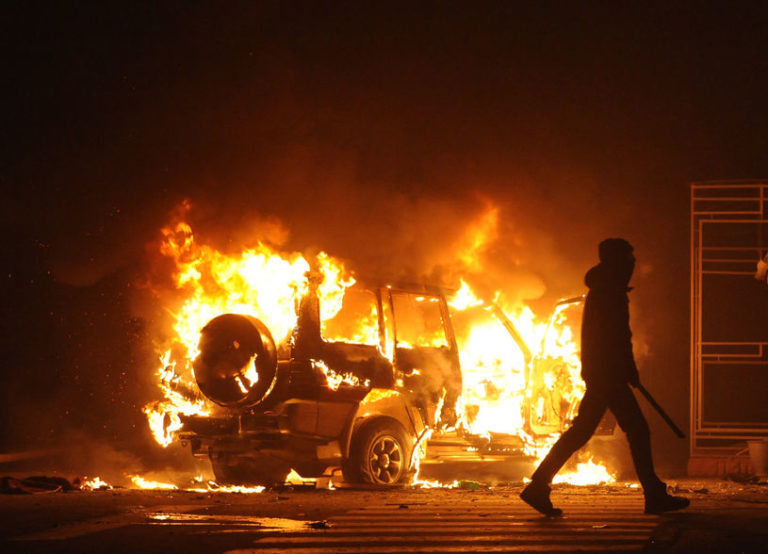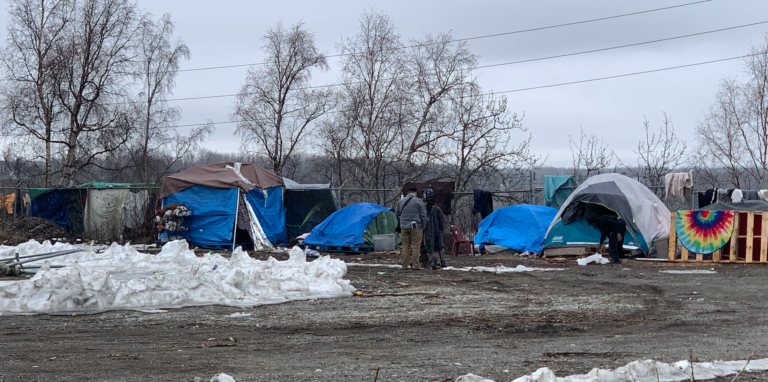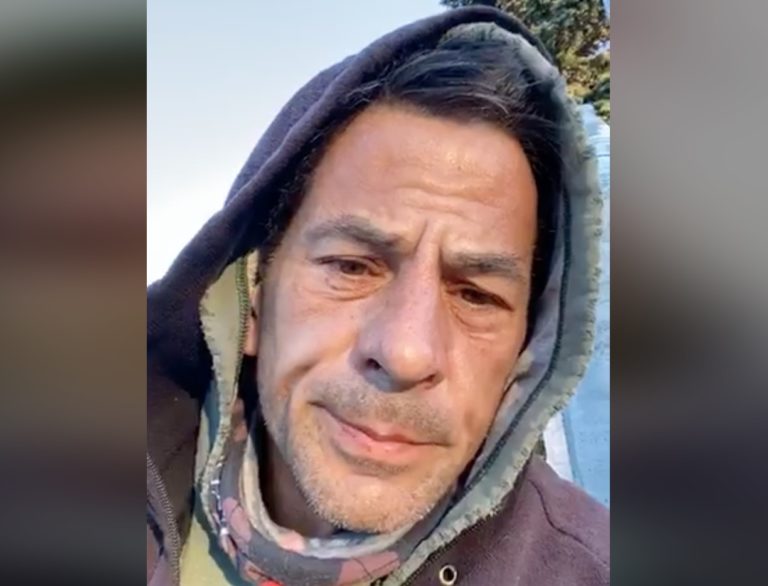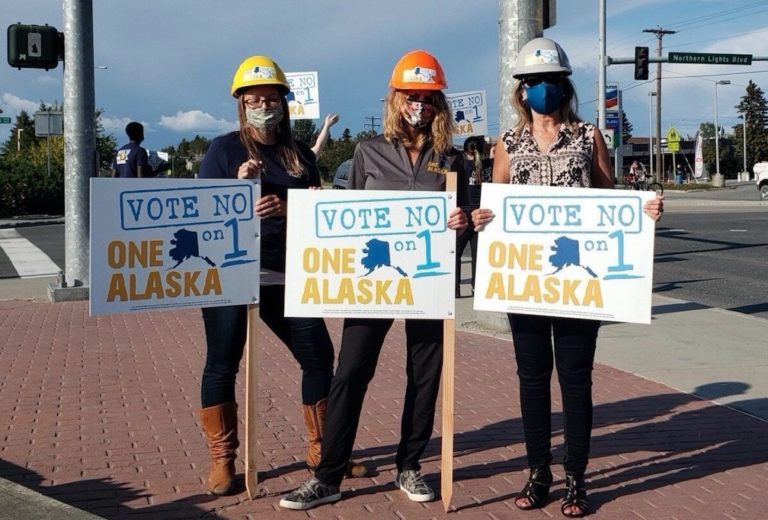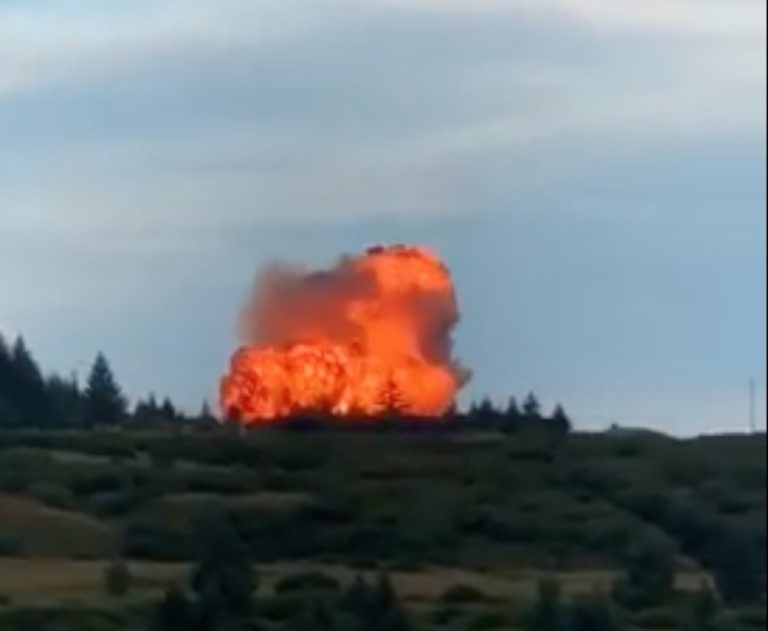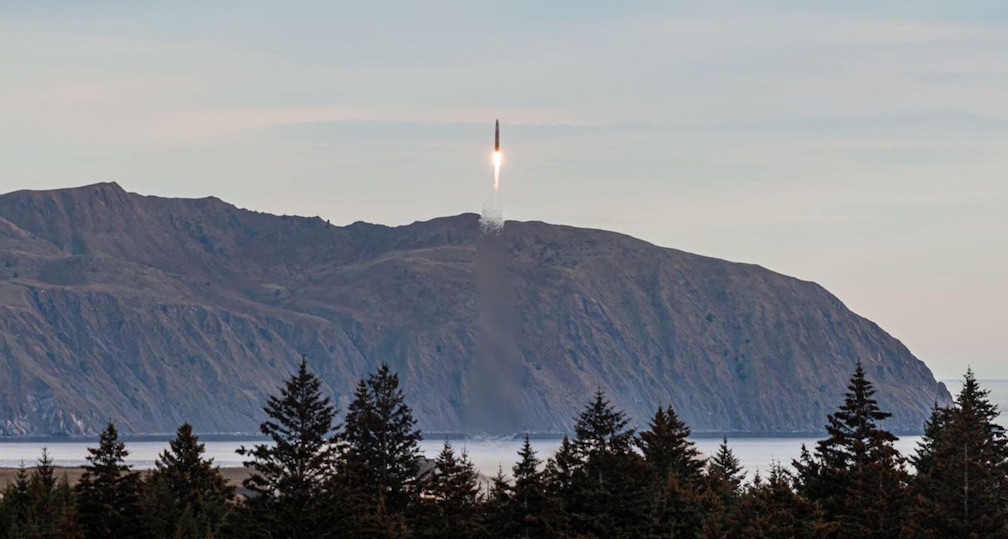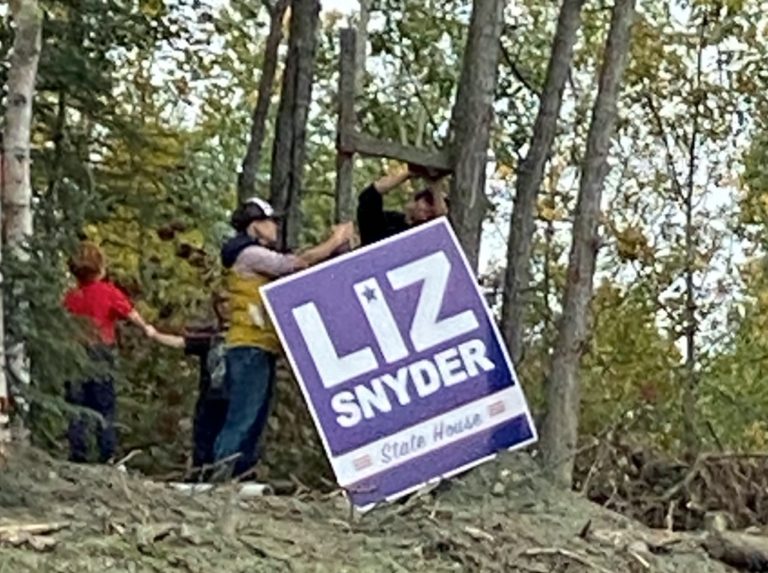By MARY E.
I am probably not the only parent who has had enough with the Anchorage School District.
I have two students: One in immersion 5th grade and one in 7th grade middle school. I know that teachers and students are trying. However, this online classroom process has been frustrating and difficult. I have no idea what is going on, and as a single parent who works, I have no idea how I’m supposed to get this information.
I have a master’s degree from Wayland Baptist University. I have a post-graduate certificate from William James College. I am working on a graduate certificate from Capella University.
All these schools, I attended primarily online. They each have slightly different platforms (both Blackboard and Canvas). However, I didn’t have as much trouble trying to figure out what to do as I’ve had for my children’s school.
The biggest difference? My university courses understood that they were an online school, so they required all students to complete an orientation class. It was self-guided and taught me how to use the platform, how to access resources, and how to submit work.
Guess what? I’ve done fabulously and am a 4.0 student. I tried online classes through UAA and they did not provide an orientation. I struggled so much and although I passed, I wasn’t sure what I was doing or how to do it properly. The difference? UAA is a brick and mortor school offering online classes. They didn’t actually know how to do that so they failed miserably with many students.
That is what is happening at ASD. You could provide all your online content via canvas; however, it’s in so many different areas, I can’t keep track.
My kids have Clever, Quizlet, Canvas, Zoom, XtraMATH, and what seems like a billion others that are scattered throughout the internet. How am I supposed to keep up, along with maintaining my full-time job, school, and normal parenting obligations (feed, nurture, and clothe my children)?
I want my kids back in school full time. They are so under stimulated with human interaction that they’re having psychological problems. We have masks, but there is nothing but TV, video games, computers, and devices for me to shove at my children, that they’re out of control when I can finally be with them. They’re gaining weight and starting to become shut-ins. My oldest son who is extremely social, often doesn’t want to leave the house anymore. He’s clearly depressed, and I’m worried that by creating this situation where they never have to leave, never have to show up in person, and never have to do more than log onto a Zoom meeting a few times a week, that it is breeding psychological problems.
The Anchorage School District needs to allow parents the ability to choose to send their kids to school and set up Zoom meetings concurrent with in-person meetings. Let me choose how to handle the risk.
If teachers are willing to handle the risk, let parents decide. If teachers aren’t, then come up with another plan. I still go to work in an office and see limited clients in person. I have telemedicine sessions and in-person sessions. It’s not ideal, but it’s working, and it’s more than our children are getting.
Anchorage School District communication is terrible. I don’t have time to watch 2-hour board meetings, 1-hour airplane arms episodes about things that don’t apply to me. I need something succinct and consistent, and so do my kids.
The schools seem like they have no idea what’s going on, and the meeting schedule changes every other day for kids. They’re being asked to do everything online, but not taught how to use their school email to communicate.
I can’t even imagine what my life would look like if I had more than two kids to work with, and I’m not your typical ASD parent. Most parents have more than two kids and are struggling with income issues. If I can hardly do this, how can we expect other parents to do this?
The bottom line is: This is not working.
Mary E. is a parent with students in the Anchorage School District. Her name has been abbreviated to protect the privacy of her family.

